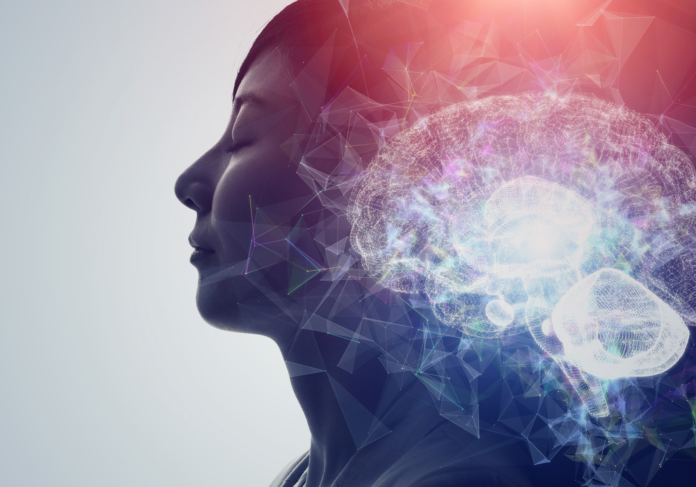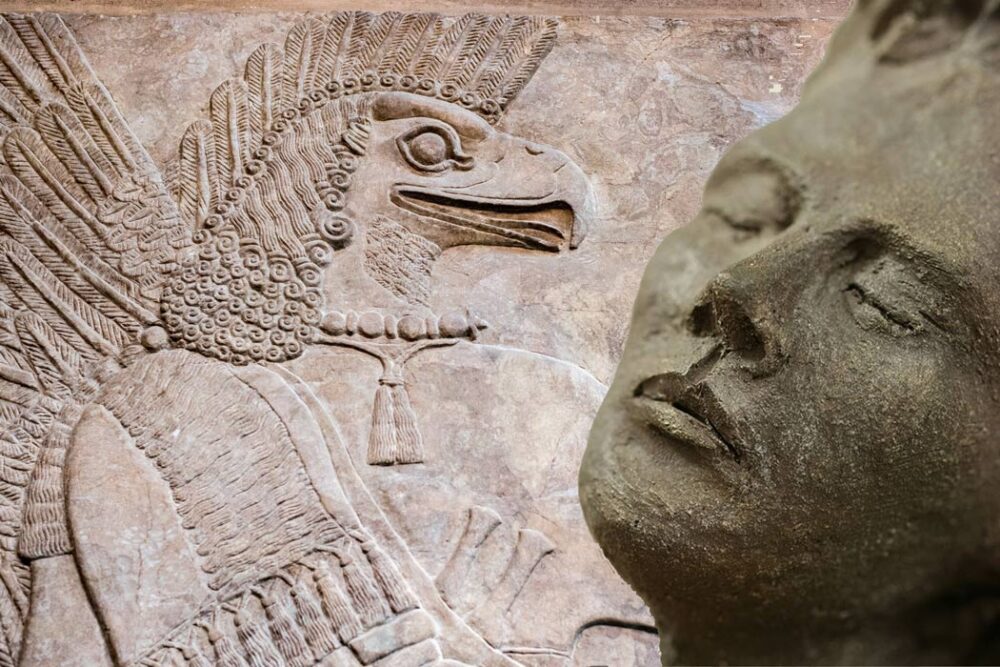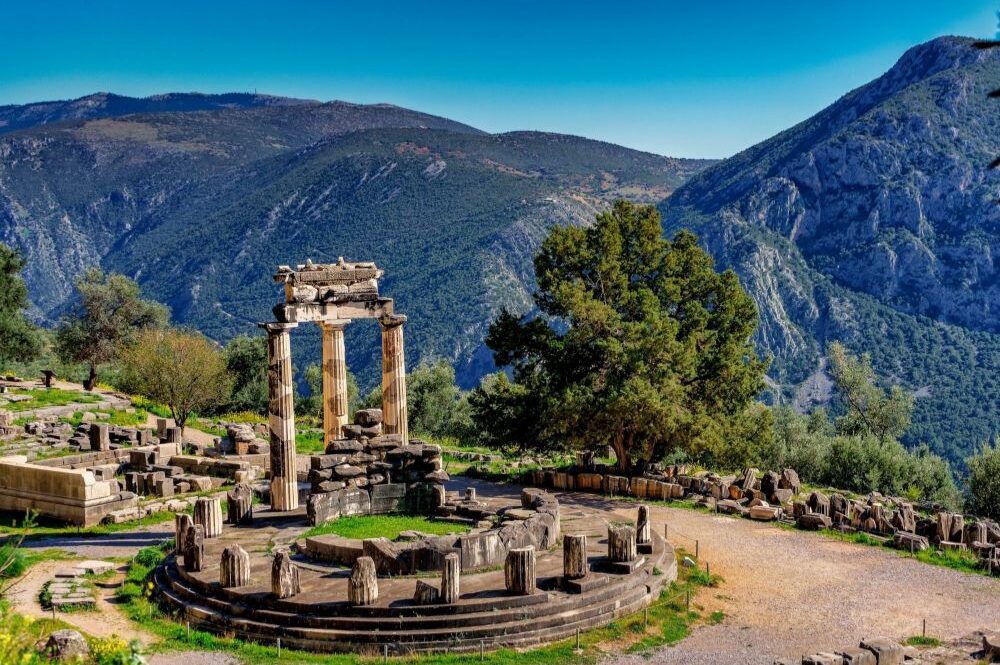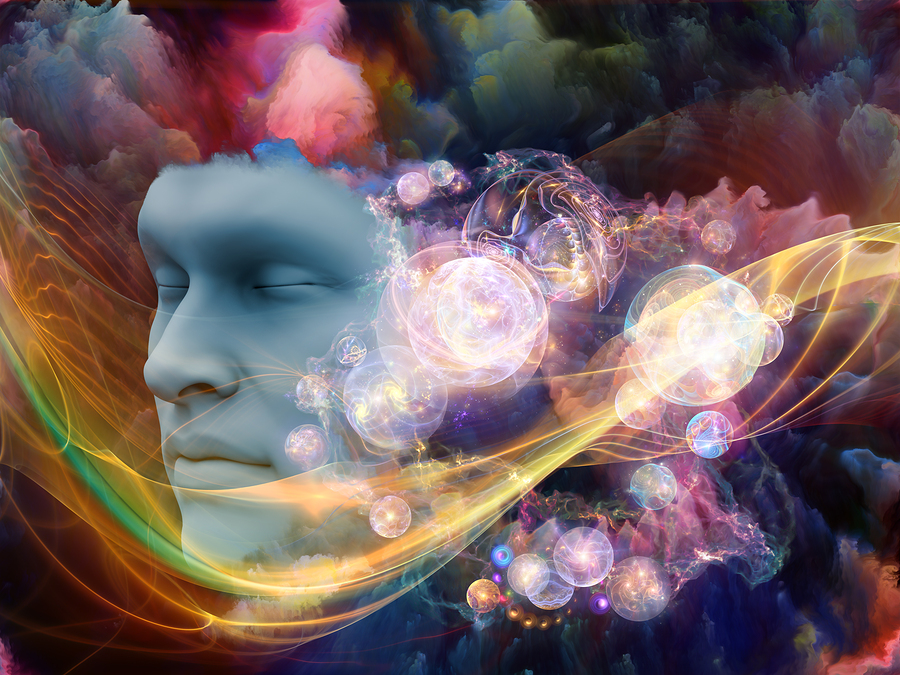
Dreams have been a captivating element of human experience since time immemorial, offering a rich tapestry of subconscious narratives that simultaneously bewilder and fascinate. More than just nightly occurrences, dreams have often been perceived as channels to hidden wisdom, divine communication, and reflections of our deepest desires. They’ve occupied a pivotal role in the spiritual, social, and cultural constructs of numerous civilizations, and continue to do so today.
In ancient cultures, their significance often transcended the personal sphere, finding their places in the realms of religion, mythology, politics, and medicine. Across different eras and geographies, dreams influenced the course of human history and thought, making their understanding vital to any comprehensive exploration of our shared past. In this blog post, we will journey through the dream worlds of ancient Egypt, Mesopotamia, Greece and Rome, China, and indigenous societies, exploring how these civilizations understood, interpreted, and utilized them.
Ancient Egyptian Dream Beliefs
Ancient Egyptians considered dreams as a vital communication medium with the divine. This civilization viewed sleep as a short death, and dreams as an entryway to the afterlife and the realm of gods. Their examination was imbued with sacredness, contributing to the development of a complex dream lore.
Symbols were critical in the Egyptian dream tradition, with every symbol bearing unique interpretations. For instance, seeing oneself in a dream without a reflection was an ominous sign foretelling death, while dreaming of a snake was considered favorable, representing transformation and renewal. Papyrus scrolls from this era, such as the famous Chester Beatty Papyrus, contain collections of dream interpretations that offer remarkable insights into their beliefs.
Mesopotamian Dream Traditions

Mesopotamian cultures, including the Sumerians, Akkadians, Babylonians, and Assyrians, held dreams in high regard, viewing them as divine messages warranting careful interpretation. The Epic of Gilgamesh, one of the earliest known literary works, reveals fascinating glimpses of dream usage in Mesopotamian society, with them being employed for divination, prophecy, and guidance.
Dreams were considered predictive in Mesopotamian cultures, capable of foretelling future events or revealing hidden truths. This belief led to their incorporation into their legal, medical, and religious practices, with priests, healers, and kings employing dreams for various purposes.
Greek and Roman Dream Practices
In ancient Greek and Roman societies, dreams were perceived as prophetic channels connected to the divine. The role of dreams in these cultures was heavily influenced by philosophical thought. Famous scholars such as Aristotle and Artemidorus produced works on analysis and interpretation, contributing to the depth of Hellenistic dream lore.
Notable instances of dreams can be found in Greek and Roman literature and historical accounts. For example, in Homer’s Iliad, Agamemnon’s dream sent by Zeus plays a crucial role in the epic’s storyline. They also dictated important decisions, from the strategy of battles to the appointment of leaders.
Chinese Dream Interpretation
Ancient Chinese culture held a complex and nuanced view on dreams. The meaning of dreams was often seen as a window into the spiritual realm, and their interpretation formed a crucial part of Chinese medical and spiritual practices. The ‘Classic of Dreams’ from the Zhou Dynasty period is one of the most significant ancient texts providing interpretations of various symbols.
Dreams in Chinese culture were believed to hold therapeutic potential. Understanding dreams was considered crucial to addressing imbalances in the body’s vital energies, thus contributing to the development of traditional Chinese medicine.
Indigenous Dream Beliefs
Dreams hold a central place in the spiritual traditions of various indigenous cultures worldwide. They are often viewed as vital connections to ancestors, nature, and spirits, and are used for guidance, healing, and community bonding.
The Aboriginal cultures of Australia, for example, speak of the ‘Dreamtime,’ a sacred era when ancestral spirits shaped the world. Dreaming is central to their cultural and spiritual life, serving as a bridge between the individual, community, and the larger cosmos. Dream rituals and practices also feature prominently in many Native American cultures, where dreams are often viewed as a means of acquiring spiritual power and insight.
Dream Temples and Oracle Sites

Dream temples, or ‘Asclepieia’, were healing centers in ancient Greece and Rome where individuals sought divine guidance through ‘incubated’ dreams. Pilgrims would enter a state of ritual sleep (‘enkoimesis’) with the hope of receiving a dream revelation from the god Asclepius.
Similarly, ancient Egyptian and Mesopotamian cultures had oracle sites where dreams were considered divine messages. The Oracle of Amun at Siwa Oasis is an example of such sites. These places demonstrate the extent to which dreams were institutionalized and respected within these societies.
Interpretation and Symbols
The interpretation of dreams and the understanding of symbols within them were complex tasks in ancient cultures. The meaning of dream symbols often hinged on cultural and historical contexts. For instance, while snakes represented transformation in ancient Egyptian culture, they symbolized wisdom in Greek tradition.
Despite cultural specificities, there were also symbols that held universal significance across different civilizations. Water, for instance, often symbolized the unconscious or the emotional state of the dreamer, transcending geographical and cultural divides.
Dreams and Prophecies
Dreams were frequently used for prophetic purposes in ancient societies. From guiding the decisions of rulers and leaders to forecasting the outcomes of battles and harvests, dreams played a pivotal role in shaping events. The Biblical account of Joseph’s interpretation of Pharaoh’s dream, resulting in Egypt’s preparation for a seven-year famine, is an example of such usage.
Dream Incubation
Dream incubation, the practice of seeking specific dreams for insights or solutions, was prevalent in many ancient cultures. Methods of dream incubation varied, often including rituals of purification, fasting, prayer, and the use of specific sleeping arrangements. Temples of Asclepius in ancient Greece were renowned for this practice, where pilgrims sought healing insights through their dreams.
Interpretation Tools and Experts

Dream interpreters were vital figures in ancient societies, known for their abilities to decode the messages from the gods. They utilized various methods, including intuition, divine inspiration, and reference to dream manuals. Ancient Egyptian dream books and Greek dream manuals like Artemidorus’s ‘Oneirocritica’ were among the resources used to understand dream symbols and scenarios.
Legacy and Influence
The legacies of ancient dream cultures live on, influencing our modern understanding of dreams. Many symbols and concepts from ancient dream interpretation, such as water representing emotions or snakes signifying transformation, still hold relevance in contemporary dream analysis.
Studying ancient dream beliefs enhances our understanding of our ancestors’ lives, providing a window into their minds, cultures, and societies. While our interpretation of dreams may have evolved, their mystery and allure remain, continuing to captivate our collective imagination, shaping our culture, our spirituality, and our understanding of the human psyche.








